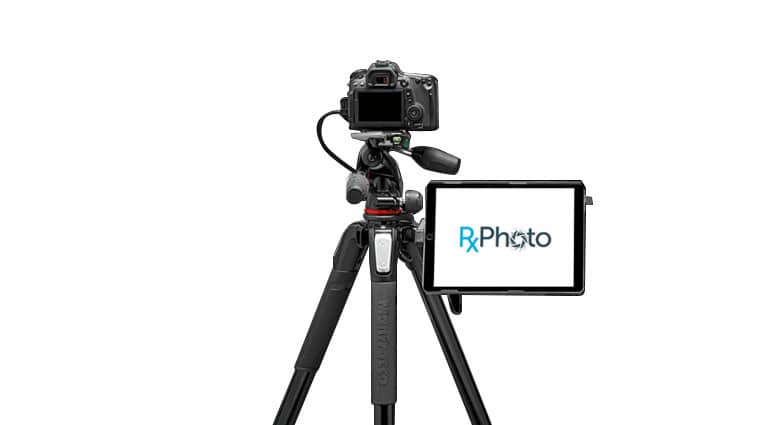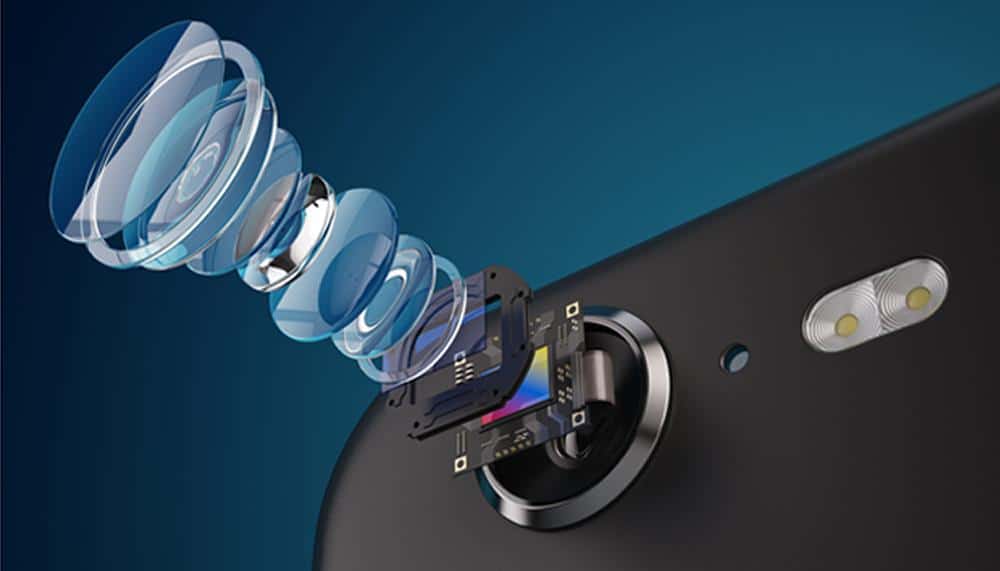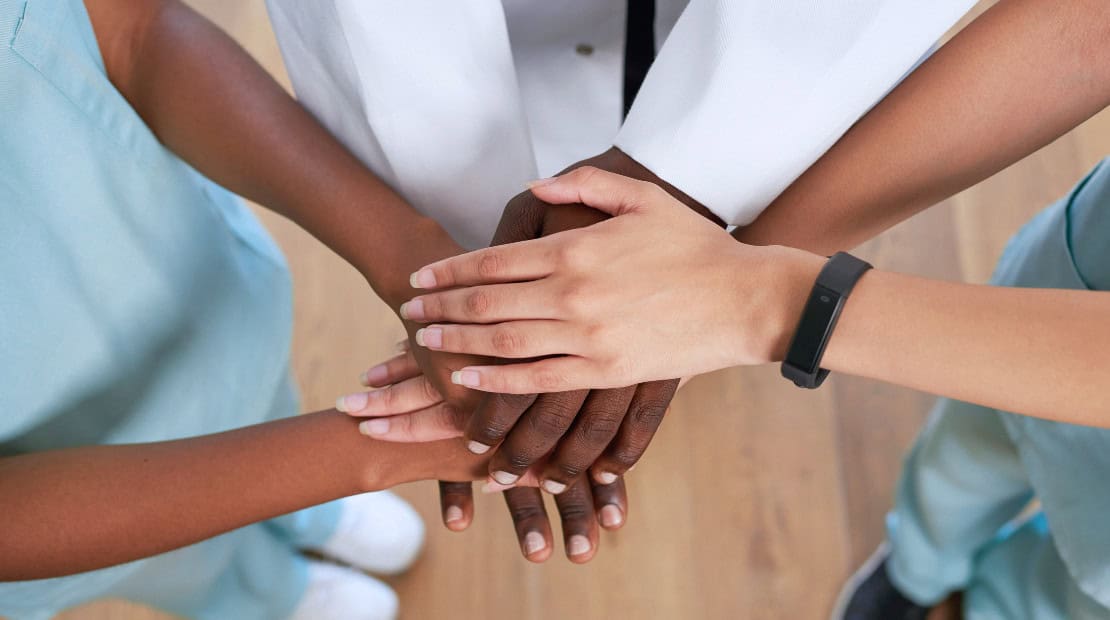Table of Contents
In aesthetic clinics and spas, patient photos can be captured in three main ways:
1. Imaging systems
2. DSLR or digital point and shoot cameras
3. Mobile devices
Nowadays, mobile devices are the undeniable choice for most aesthetic practitioners who need to take images of clients. For ease of use, low cost, efficiency and improved patient flow, they cannot be matched. Used in conjunction with mobile software such as RxPhoto, security and logistics are also guaranteed; the photos are stored in a secure manner within a HIPAA-compliant cloud and are automatically cataloged for easy organization.
Moreover, the once extensive gulf that separated the photographic capability of mobile devices and DSLR cameras is now dramatically narrowing. These days, advances in mobile device photographic technologies and external hardware add-ons mean that it is possible to take striking, high definition images with an iPhone or tablet. In fact, achieving highly effective images on your mobile device is easy, particularly with RxPhoto which offers on-screen positioning templates and a photo ghosting tool for consistency. To understand how to achieve consistency in lighting, shadows and backgrounds in photographs taken on your mobile device, check out this post.…
Zoom: A Misunderstood Feature of Mobile Devices
A long standing issue that seriously affects the quality of images taken with mobile devices is zoom. Up until recently, most mobile devices used digital zoom to photograph a subject at closer range. Digital zoom is ineffective and inappropriate for clinical photographs. Digital zoom does not actually zoom in on the image, but instead enlarges a section, then crops it. Take a look at this table to see how the two variations of zoom differ:
Digital vs. Optical Zoom
| Digital Zoom | Optical Zoom | |
| Image quality | Poor image quality | No loss of image quality |
| Detail | A lack of clear and crisp detail | Detail maintained, no pixelation |
| Distortions | Distortions are common | Distortions are rare |
| Zoom capability | No actual zoom but a cropped and enlarged image with interpolated pixels | True zoom: physical extension of the lens brings the subject closer |
It is possible to avoid using zoom entirely. You can photograph the entire subject area, and then crop the specific section of the image that you want. This means you:
1. Avoid the pixelation that occurs when you take a close-up with digital zoom.
2. You standardize the distance/angle by taking a photo of a larger surface area. RxPhoto has tools that ensure consistent positioning which makes this a viable, successful option.
In some cases, the no zoom/crop option is not ideal, particularly if you are detailing subtle changes as a result of an aesthetic treatment. This is when optical zoom is preferable. So how do you access optical zoom to capture close-up photos of your patients? There are two options:
1. You can purchase an iPhone with a built-in telephoto lens, enabling optical zoom (iPhones 11 or higher or 2020 iPad Pro or newer).
2. You can purchase external hardware to equip your existing mobile device with optical zoom capabilities.
Mobile devices with integrated optical zoom
Newer generations of iPhones, tablets and Androids are equipped with dual cameras that allow for both optical and digital zooms, bringing mobile devices much closer in proximity to DSLR cameras than ever before. Dual cameras include two fixed lenses of different focal lengths, one of which is a “telephoto” lens. This pairing of lenses offers different focal lengths, giving optical zoom potential. There is in fact no “zoom” happening, but the end result is the same.
New generation iPhones boast 2x optical zoom for high-quality close-ups. However, there are some restrictions regarding when the optical zoom function works in older models, as detailed in this video.
External Hardware to Add Optical Zoom
There is an impressive range of external hardware that can equip your iPhone/iPad with optical zoom capabilities. Hardware options include:
- Attachable telephoto lenses that enhance the existing lens of the mobile device
- External frames for your iPhone or mobile device that support additional lenses
- Rigging that supports telephoto lenses, and mounting accessories so that lighting can also be added
You can read reviews of lens attachments here, and learn about some of the most popular lenses for iPhones here. Some of the most effective frames and rigs to support attached lenses include:
1. iOgrapher
Telephoto lenses can be clipped onto or screwed into IOS devices. This company also provides compatible lenses, with 2x to 12x zoom available. It is a cost-effective way to gain more value from your existing iPhone’s camera capabilities, with a 2X telephoto lens costing $39.99. Another benefit of the iOgrapher is that it holds the mobile device, improving camera stability if you are not using a tripod.

The photo on the right was taken using the iOgrapher 37mm 2x telephoto lens.
2. Attachment Bridges
This attachment bridges the gap between the smartphone and a DSLR camera. The adapter looks and feels like a camera case, is compatible with certain Canon lenses, and can also integrate a Nikon adapter ring for Nikon lenses. When the attachment is used with a high-quality telephoto lens, the quality of close-up images can be greatly enhanced.

3. Beastgrip
Beastgrip expands the possibilities of your smartphone camera. The camera rig is used by both filmmakers and photojournalists for advanced mobile photography and includes an adjustable frame and a wide variety of add-ons such as a telephoto lens, a cold shoe for attaching lights, and other supportive accessories. The rig can be purchased for $200 and is compatible with most smartphones and some tablets. Check out a video review here.
However, the above options are all essentially kits that enable the mounting of a telephoto lens on top of your existing smartphone lens. This lens-on lens action has been linked to issues such as very slight blurriness or very slight distortions in the corners of the photographs. In some cases, chromatic aberration also occurs, in which the lens fails to focus different wavelengths of light in the same place, appearing as a purple outline around the subject.
To the average person, these discrepancies will not be noticeable, but to the trained eye, some of these issues may be visible.
If you want a truly flawless optical zoom experience using external hardware attachments, you may wish to consider the following options instead:
Sony QX and Olympus Air Bluetooth/Wi-Fi lenses: These attachments allow the amateur photographer to attach a camera lens with Wi-Fi/Bluetooth capabilities to their iPhone camera to take excellent close-up shots. However, reviews of the Sony QX lens have alleged that the Bluetooth can lose connection mid-shot, losing the photograph. Moreover, neither option has been integrated with RxPhoto, and both are unlikely to be in the future due to the potential Bluetooth instability.

Each of the optical zoom enhancing options discussed above is accompanied by its own strengths and weaknesses. Determine which meets your needs in terms of the financial investment you are willing to make and the quality of images you wish to take. The most important piece of advice to remember is to avoid digital zoom unless absolutely necessary.




